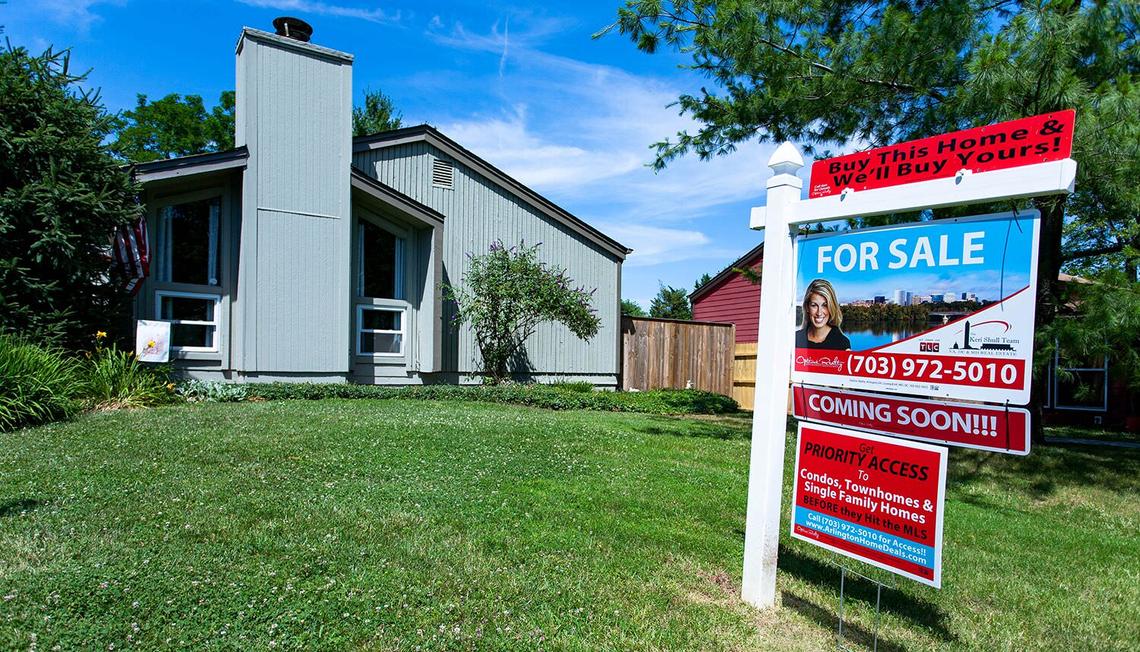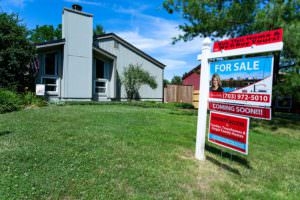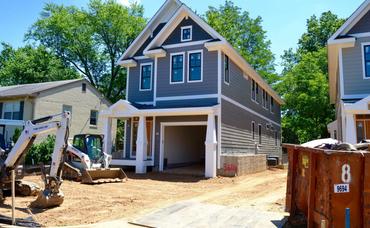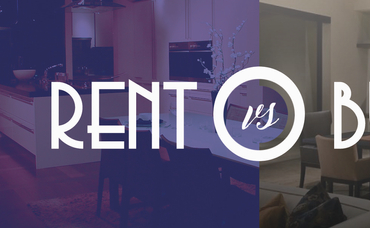Putting a price tag on a home you’re planning to sell is tricky. For one, it’s your home, full of memories + dreams—and all that can cloud your judgment towards the wrong listing price. There are consequences: If you shoot too high, your home could stay on the market for months and maybe not sell at all. Price it too low and you could miss out of a whole lot of money.
That’s why we’re here to help you through this tough but critical decision. Read to find out How To List Your Home At The Right Price.
Repeat after us: What you paid doesn’t matter
You may have a dollar amount in mind—perhaps based on what you paid originally, plus a little extra. Because homes appreciate, right? Maybe yes, maybe no. While a hefty increase in value is nice in theory—and in general, it’s expected to be a seller’s market this year— so ultimately, it’s up to the market.
No matter what you paid for your home, market values fluctuate—both up and down. This can work for you or against you. But all that matters on the open market is what buyers are willing to pay now.
Use all your tools: Comps, Research, and your Realtor
The best way to get a handle on your home’s sales price are the prices of similarly sized homes in your neighborhood—otherwise known as “comparables,” or “comps.” For example, if a house near yours with the same square footage and numbers of bedrooms and bathrooms, and in similar condition, sold for $450,000 within the past three months, you can bet your own price will be in that ballpark.
For a quick snapshot, several websites (including this one) offer automated valuation models, or AVMs, where you type in your address and then get a price based on an algorithm that factors in comps in your area. But remember, AVMs are just a starting point.
If no one has actually evaluated your house, an AVM can’t really give you an accurate price. That’s why you need your Realtor to visit your home, so they can factor in your home’s unique strengths and weaknesses along with comps to come to a better estimate.
When your Realtor tells you a price, check it. Ask her how they came up with the amount, and look into the comps in your area yourself. Once you’re able to analyze the info, you’ll be able to see a price range for yourself, so you won’t feel like you’re just having to blindly trust your Realtor.
Factor in upgrades with a grain (or two) of salt
You poured $10,000 into your brand-new chef’s kitchen, or $15,000 to install an in-ground swimming pool. Sweet! So it stands to reason that you’d make that money back when you sell, right? Well, not quite. Surveys by the National Association of Realtors® show that your return on investment for home improvements depends on what kind of renovation you’ve pulled off—and how much prospective buyers want it in your area. Refinishing hardwood floors, for instance, will reap a 100% return, paying for itself. Convert a basement to a living area, and you’ll recoup only 69% of those costs. The harsh truth: Not everyone is going to fall head over heels with your five-seat built-in hot tub. So do your research and find out what those upgrades will really get you.
Leave some wiggle room
Most buyers love to negotiate when you’re trying to sell your house. So it helps to let them win one. Instead of starting out with the absolute lowest price you can afford to go, add a bit of cushion room. How much? You should round off your asking price in $5,000 increments. It’s just how people think. So if you know you want $347,000 for your house, you can play it safe and round up to $350,000.
Also keep in mind that many first-time buyers may have a hard time coming up with cash for closing in addition to their down payment, even if their finances are good and they’re qualified for a loan. Offering to cover closing costs—while sticking to a higher asking price—might help seal the deal.
Price with Internet browsing in mind
Once you find yourself a ballpark price you’re happy with, it’s time to fine-tune it. Keep shoppers’ online search parameters firmly in mind—small differences in your price can spell a big difference in your exposure.
Home buyers typically fill out a Web form that has a minimum price and maximum price. If you’re a dollar outside of that range it is going to be like your house didn’t exist—they’ll never see it. So, price your home at $300,000, and you could miss out on a whole lot of people who are searching in the $250,000–$299,999 price range. So if you’re on the cusp, consider rounding down to capture more eyeballs.
Test the waters with a soft rollout
While choosing a price can be scary, consider this one small loophole: Some brokerages offer a “soft” rollout plan in which they highlight the house as “coming soon” online, without officially listing the house in a multiple listing service. That buys you time to test the market, see if people will click at that price—then adjust accordingly without having to officially lower or raise your price on the record.
[h/t] Realtor
Buy One of our Homes and We’ll Buy Yours!
If you have a home to sell, don’t let that get in the way of buying your dream home. Our move up buyer guarantee is the perfect solution. If you buy one of our homes, we will buy yours. It is that simple. To learn more, call 703-952-7653 or email [email protected].
The Keri Shull Team can meet any of your real estate needs – whether it’s your first time buying, you’re an experienced property investor, planning to sell, or even looking to rent. Contact us today!
Want to see the rest of our listings? Click here. Also, subscribe to our YouTube page for virtual tours of properties, real estate updates, tips and more!







